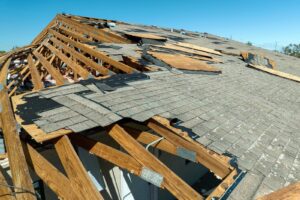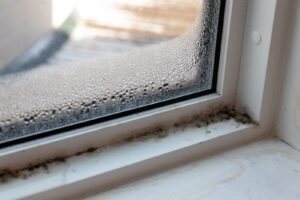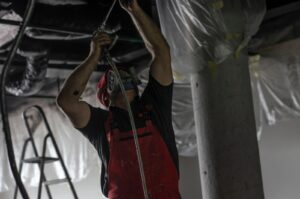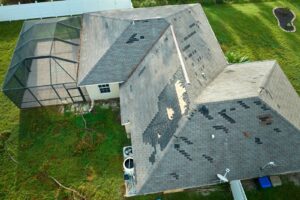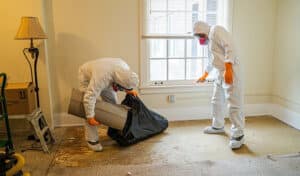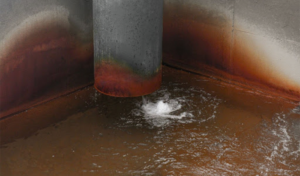Though we cannot always avoid disasters, we can avoid some of the threats of disaster situations by taking some precautions and preparedness measures in our homes. With a few simple steps and a little planning ahead, you could make an emergency less of an emergency or even safe your home from ruin. Avoid panicking in these potentially disastrous situations, face them with a level head when you know you are prepared.
Storm Shutters
If your home is in an area prone to hurricanes, it may be wise to invest in storm shutters. These shutters prevent windows from being broken in during extreme storms. These shutters can look like regular shutters, depending on the style you choose. This is a simple and economical way to protect your home from outside harm.
Insurance Coverage
Disaster can strike at any time—but make sure that time does not come when you are uninsured. Damages after natural disasters can be catastrophic and very difficult to deal with on your own. Fires, floods, hurricanes, earthquakes, theft, vandalism, and other disasters are unpredictable. Don’t let these unfortunate events cost you your home or put your in financial ruin. Be prepared for the worst with good coverage. Instead of falling apart when your house may be falling apart, know you are covered with insurance.
Invest in a Generator
Power outages are common in disaster scenarios. Having a back up generator on hand can be a real life saver. Be sure that you keep your generator in a safe place where it will be protected from potential water damage or other damage that may occur during a disaster.
Have 72 Hour Kits on Hand
In an emergency situation, having a 72 hour kit is invaluable. These kits are made to provide you with survival essentials for 72 hours in an emergency. They are available for purchase or can be easily put together. Be sure your kit has essential such as food, water, a flash light, medicine, pocket knife, etc. Having a kit ready and available when disaster strikes will be a real life safer in the event of an emergency. Learn how to make a 72 hour kit by clicking here!
Safe Furniture
Be sure that your furniture is disaster proof too. Stop bookshelves and other tall furniture from tumbling down by bolting them to the wall. Try to avoid placing couches, beds, and other furniture where people may potentially lounge in harms way—i.e. under windows that could shatter or under anything that could come crashing down, like a light fixture or bookshelf. If you have a basement that could be vulnerable to flooding, avoid keeping valuables on the ground.
Lawn Precautions
Protect your home from your yard by pruning trees closest to your home. Trim all threatening branches that could cause damage to your house. Though a large tree in your yard may sound like an appealing idea, it does pose a potential threat as it could be knocked over and crush your home. Strategically place trees around your house that will not be so threatening to your safety.
If you have any questions, please don’t ever hesitate to contact us! We are always happy to help!


